32 great pets that aren’t cats or dogs
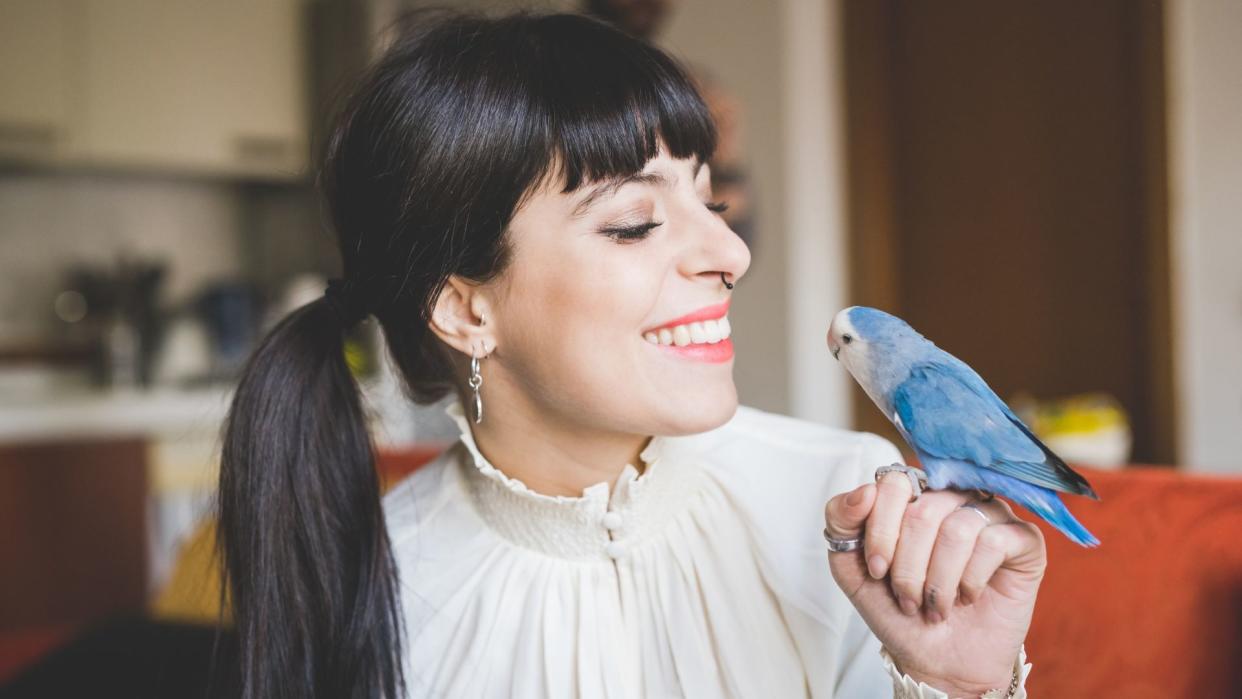
All pets are a massive commitment, with some reptiles living 100+ years and some fish and birds requiring specialist care to keep them happy and healthy. With this in mind, we've collected some of our favorite great pets from the animal kingdom that aren't cats and dogs.
If you're low on space or don't want to exercise an animal like a dog, but still want the companionship of a pet, some other animals are fantastic additions to any household. Highly intelligent pets like birds or fascinating tank-dwellers like fish can be a lot of work, even if they don't need daily walks, so bear this in mind before you take one on.
If you want something cuddly, but smaller than a cat or dog, then there are plenty of rodents that love nothing better than to curl up in a lap. Popular guinea pig breeds will also be a good choice. Or, if you're more of a reptile person, there are lots of lizards and snakes that can be cold-blooded lifelong partners if that's more your speed.
32 great pets that aren’t cats or dogs
1. Pygmy goat
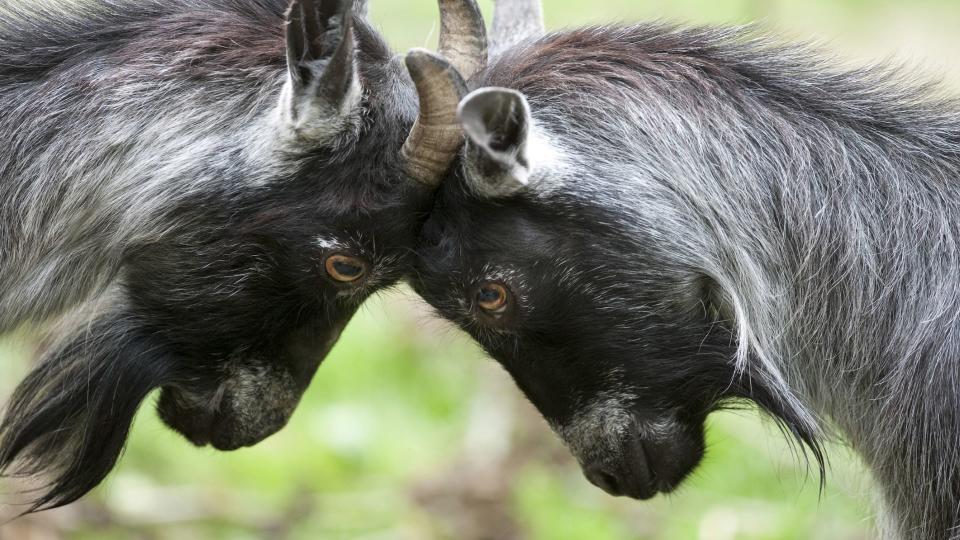
If you have outdoor space, a Pygmy goat or two can make charming additions to any home. They are miniature versions of full-sized goats and are generally kept for pleasure and companionship, as they're a bit small to breed for meat or milk.
They're of West African origin but have spread across the world as popular pets and ornamental farmyard animals. They are fun-loving, active, and affectionate and tend to get on well with other animals like dogs and cats. They are easily bored, so make sure there is lots of enrichment in their enclosure and another goat or sheep buddy to keep them company.
2. Leopard gecko
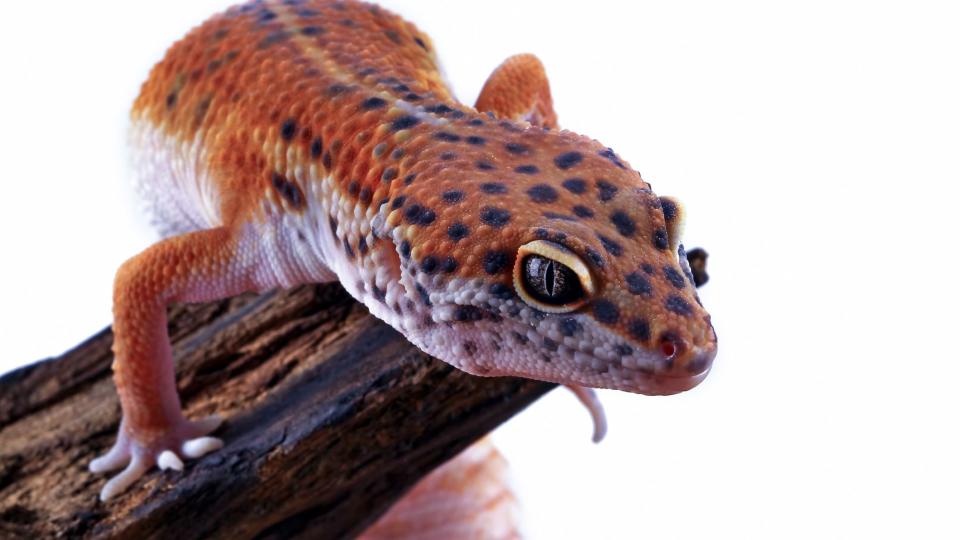
Leopard geckos, or Leos, are nocturnal ground-dwelling lizards from the desert regions around Afghanistan, Iran and India. They are fairly easy to take care of, but you need to take care to get their tank environment right for them and maintain it.
They don't have sticky toe-pads, so aren't prone to climbing walls, but will still appreciate some interest in their enclosure like rocks and branches. They can be fairly vocal, especially when hungry, so bear this in mind: not all reptiles are quiet!
3. Horses and ponies

If you have outdoor space and want a larger pet, horses and ponies make great companions. You don't need to know how to ride them, but a good knowledge of horse care, including how to clip a horse, is a must as they are prone to a number of illnesses and conditions and can get very sick, very fast.
There are many rescue organizations looking to rehome unrideable horses and ponies, who are often happiest living with a companion. Horses and ponies form intense bonds with their people and other herd members, even outside of their own species: some horses have a goat or llama as a best friend.
4. Bearded Dragon
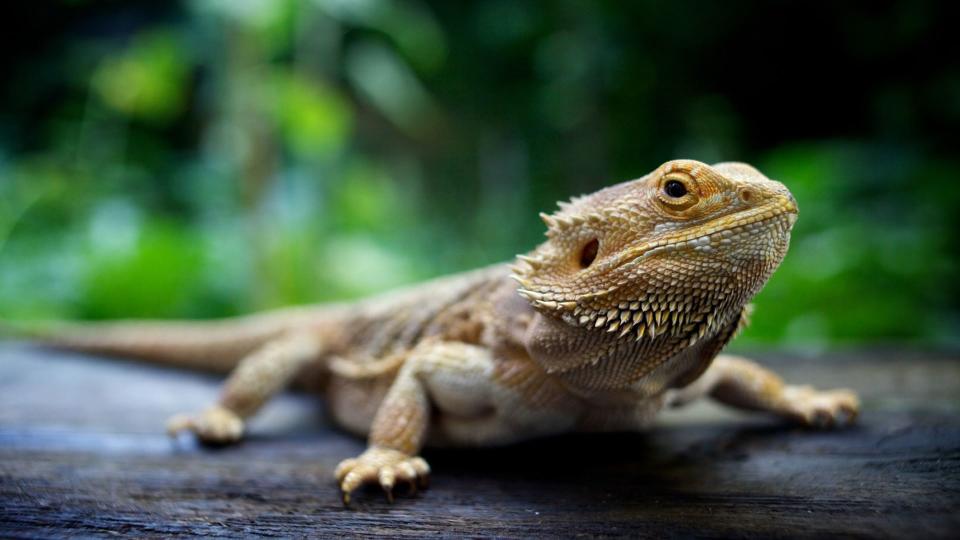
Bearded dragons are a big commitment, as they can live 10-15 years or more. It's a common misconception that reptiles are easy to care for, as these animals are just as complex as a cat or dog and often require specialist care.
Bearded dragons require a well-ventilated vivarium that is large enough to allow a fully-grown dragon to roam around. You'll also want to read up on enrichment for bearded dragons and they often need heat lamps, rocks, and branches to climb and lots of places to hide.
5. Guinea pig

Guinea pigs were initially domesticated up to 4000 years BC in the Andean region of South America (Colombia, Ecuador, Peru, etc). They need a high-fiber diet and lots of vitamin C, as they can't store it for very long in their bodies.
Guinea pigs are very social animals and in the wild live in family groups of five-10, so it's not a good idea to have a single pig alone. They can live quite happily with rabbits but are best kept in piggy pairs.
6. Ball Python
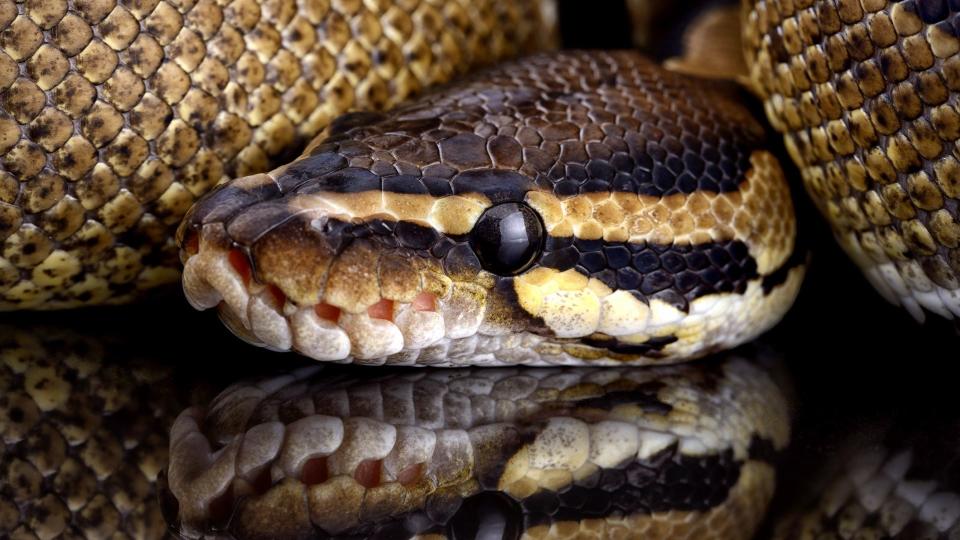
Ball pythons originate from Sub-Saharan Africa, where they tend to live in grassland or open forests. They live up to 10 years in the wild but can live up to 30 years with proper care in captivity.
They are considered good "beginner snakes" as they have fairly simple needs but can grow up to 3-4 feet, sometimes more, so you need to be sure you can properly house them no matter how large they get. As with any pet, consider whether you are the right person to take on a 30-year commitment before you pick up a young animal, particularly one that has the potential to grow so much.
7. Rabbit
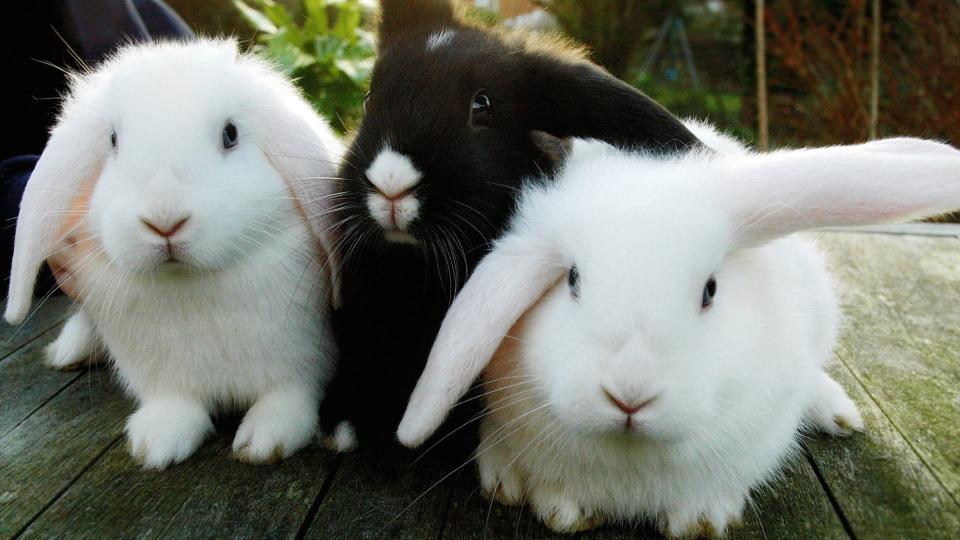
Rabbits are one of the most abandoned pets, as often people don't realize that they have quite a lot of needs and can live up to 12 years. They are smart and can be trained with positive association in the form of rewards, making them suitable pets for living indoors, as they can be trained to use a litter box.
They are highly social but also have complex territorial and social structures and make plenty of rabbit noises, so be sure to introduce a pair of rabbits to one another slowly and carefully.
8. Tropical fish
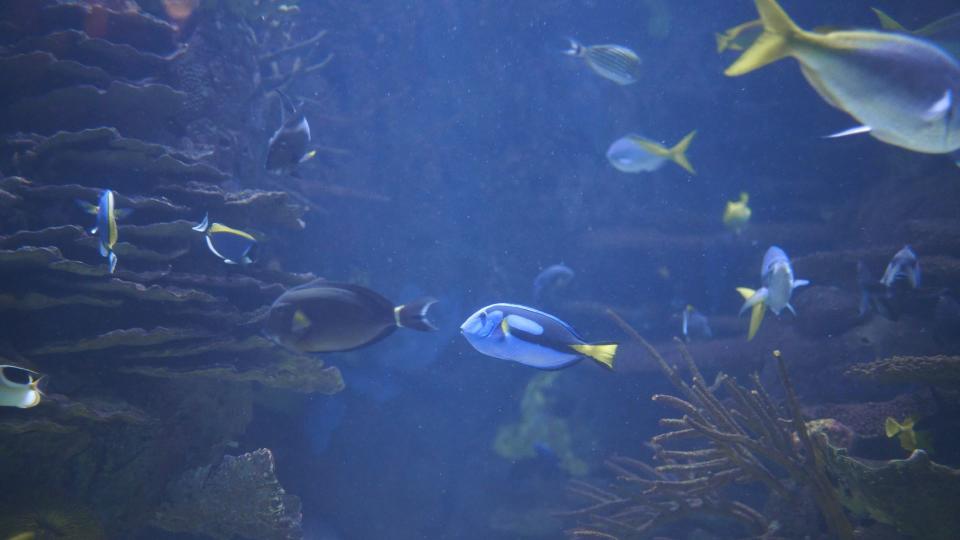
Tropical fish may look low maintenance (they just swim around a tank, right?) but tend to have complex requirements and, depending on the species, can require a lot of space. Monitoring tank temperature, salinity, and cleanliness will quickly become the center of your universe and even then, some more fragile species can break your heart by going belly up for no obvious reason.
However, if you're ready for the commitment, tropical fish can be a fascinating addition to any home and rewarding pets to own. Make sure you speak to a specialist before you purchase a fish or gear, as some species can't live together and others may have conflicting needs for their tanks.
9. Gerbil
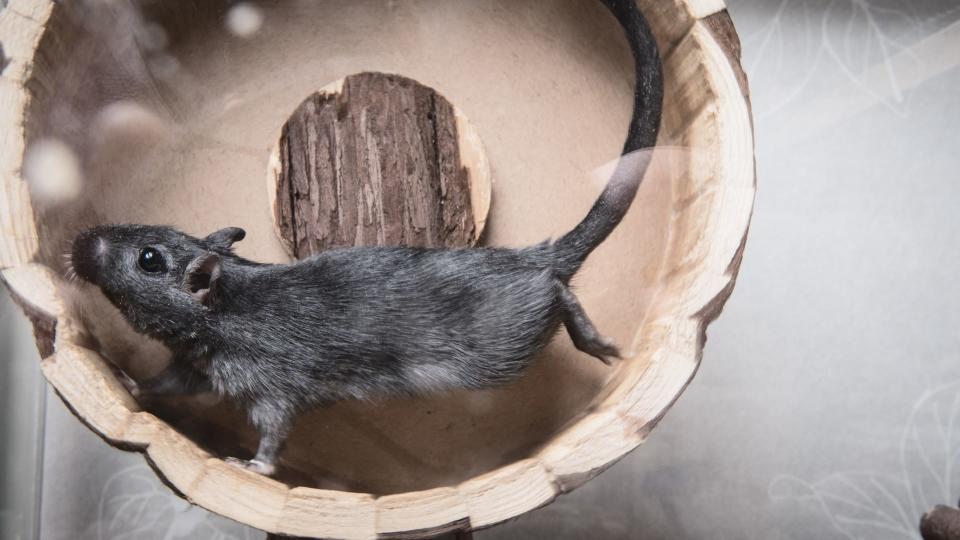
Gerbils are great pets, but need careful looking after to ensure they live their best happy, healthy lives. The most common gerbil that is kept as a pet is the Mongolian gerbil, a highly social rodent that loves to burrow and dig. In the wild, breeding pairs will live with extended family and several generations of offspring.
They are adapted to desert environments and enjoy shredding materials to make soft bedding to line their burrows. This serves to keep their teeth and claws short and healthy, so you need to ensure they have plenty of material to keep them happy.
10. Tortoise

Tortoises can live a LONG time. Depending on the species and age of the tortoise when you purchase it, you may end up with a multi-generational companion who will get passed from parent to child if they aren't rehomed. Some species of tortoise can live beyond 100 years and in 2022, Guinness World Records identified Jonathan, a 190-year-old tortoise as the oldest land-living animal. Jonathan has been roaming around since 1832, outliving several generations of people.
There is also a fairly large black market trade for smuggling rare breeds of tortoises from their countries of origin, which often leads to tortoises dying in transit or on arrival, so ensure any tortoises you're adopting come from a reputable source.
11. Rat
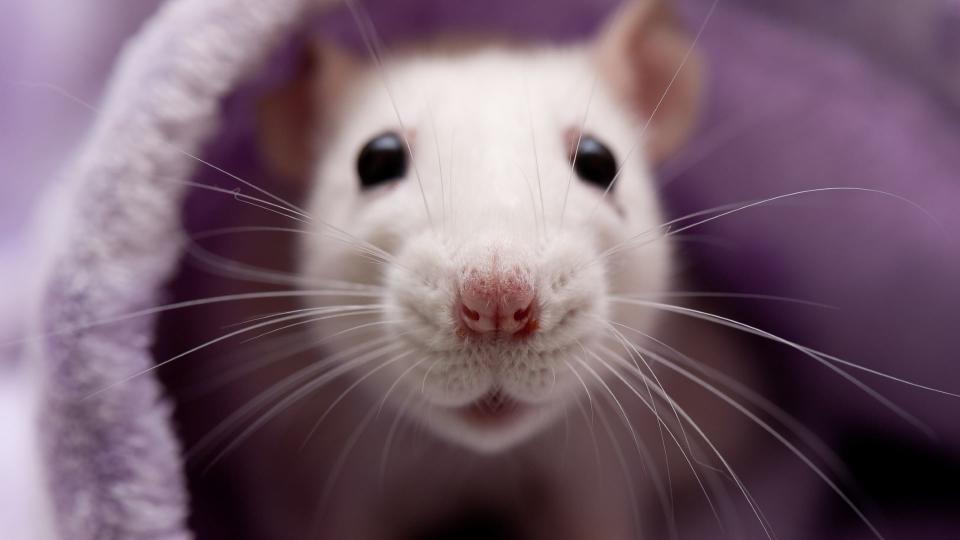
Rats are highly intelligent, clean animals that make lovely pets. They can live over two years and are usually at their most active during the night. There are several different types of rats, with a variety of coats and eye colors.
Like most rodents, rats are social animals and you should have two or more of a single gender, preferably litter mates, (if you have a male and female in together you are likely to end up with more rats than you bargained for, even if they are related). Once they are settled, don't add or remove rats to an enclosure as this can upset their social structure and lead to fighting.
12. Goldfish
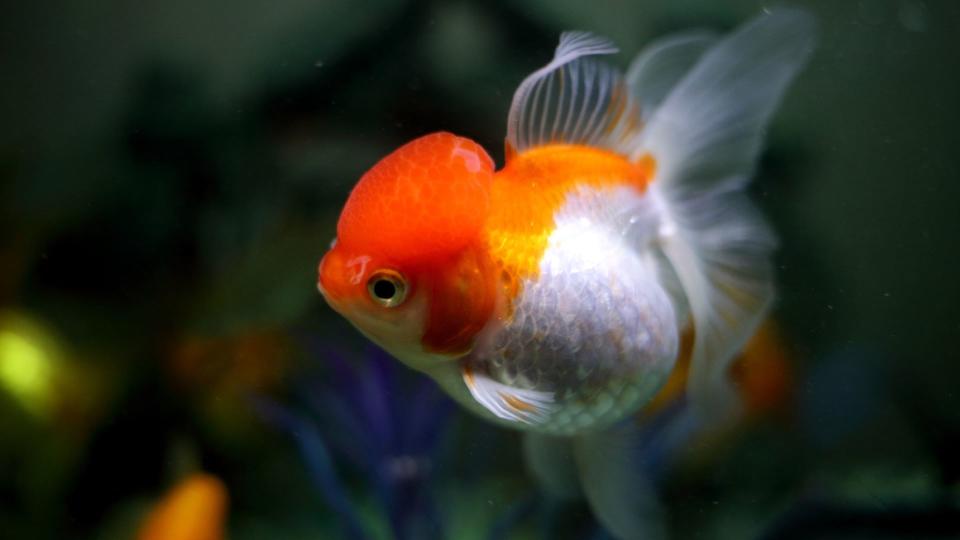
Goldfish are great pets with a huge variety of types available including the Ranchu, bubble eye, pearl scale and comet. They have been selectively bred for specific characteristics over centuries, meaning that while 'goldfish' is a single species, there are more than 200 subtypes, and goldfish fanciers will often commit their lives to inventing a new type.
As with any pet fish, you will need to carefully monitor their tank conditions, watching the temperature and algae growth. They are cold water fish, but be aware of any rapid environmental temperature change that might affect tank temperature.
13. Hamster
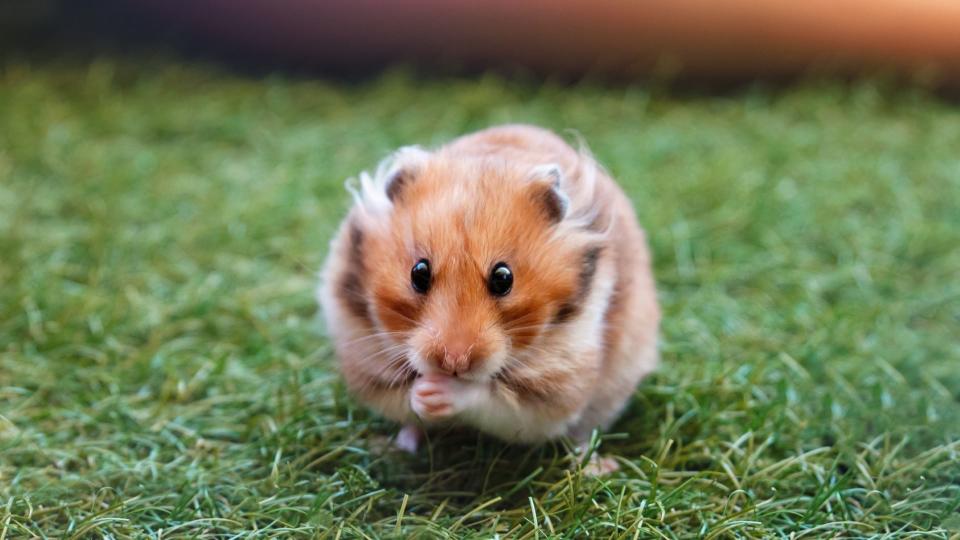
Hamsters are often considered a "starter pet," but as with all animals, they require attentive care. Hamsters hibernate, which is something that few people seem to be aware of, which has led to many a poor, sleeping hamster being buried alive. Their body temperature, breathing and heart rate drop to a point that they may appear dead, so it's important to carefully check your hamster and even take them to the vet if you're not sure of their status.
They are nocturnal and they can be loud, especially if they have a wheel to play in, so bear this in mind before you take one home. Not all hamsters are sociable, and there are 24 different species of hamster, so make sure you've brushed up on the requirements of your particular hamster before you buy just one or several.
14. Chameleon
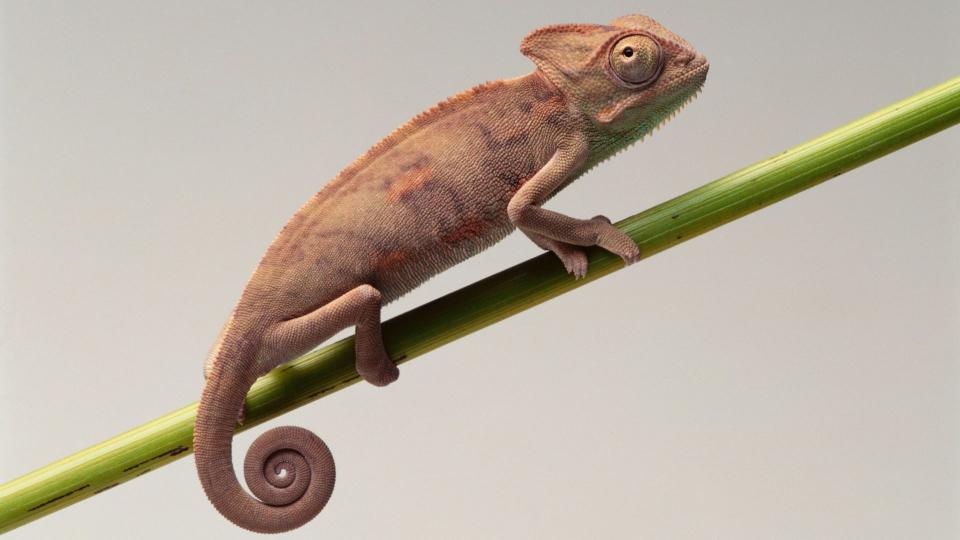
Chameleons make fascinating pets but aren't big fans of being handled. They need carefully constructed enclosures that are a minimum of 3 x 3 x 4 feet, full of vegetation, and a UV light source to keep them happy.
They may not be cuddly, but chameleons require a lot of hands-on care, with regular misting and feeding (they like live insects). They are prone to stress, which can make them more susceptible to illness, which is why you should never try to tame a wild-caught chameleon. Chameleons bred in captivity are likely to be a little more used to humans and won't be as stressed by any minimal handling you need to do (when cleaning the enclosure for instance).
15. Ferret
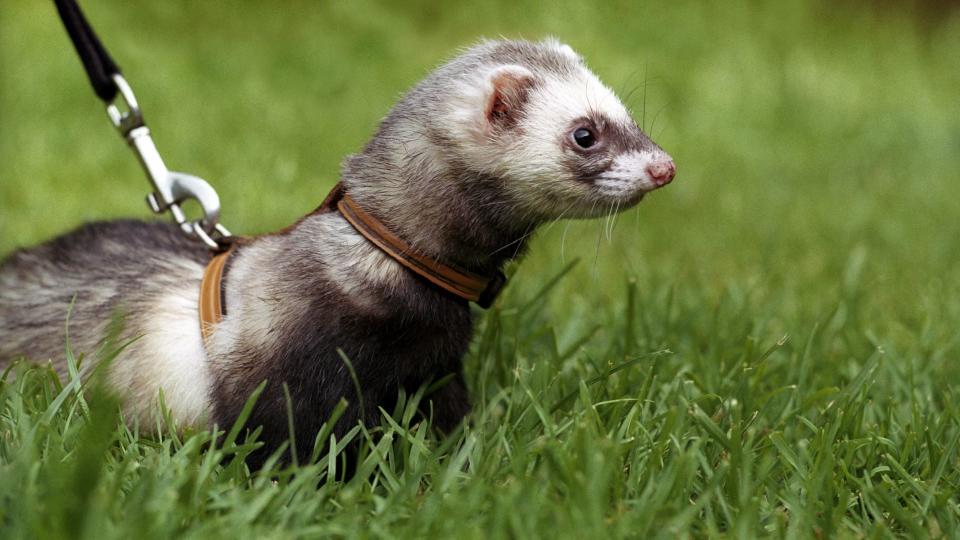
Ferrets are highly intelligent animals that have playful, curious personalities. Although they may look like rodents, ferrets are actually Mustalids, like badgers, wolverines and weasels, and are carnivorous. They communicate with one another with scent and use their sense of smell to hunt, so bear in mind that you won't have a completely neutral-smelling home with a pet ferret in residence.
Domesticated ferrets were used to hunt small game, like rabbits, and for vermin control. Some states restrict the import and keeping of ferrets, so ensure they are legal where you live before you buy one.
16. Iguana
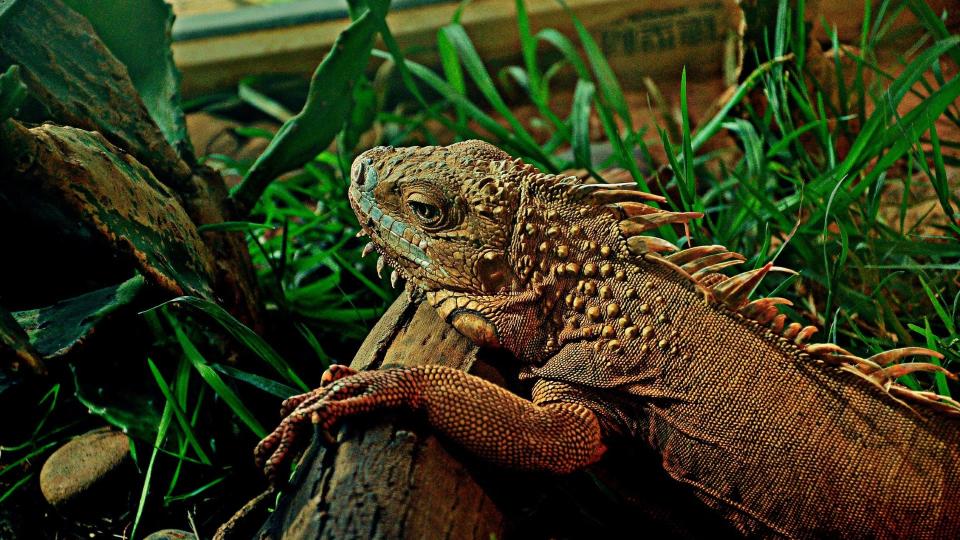
Iguanas are popular pet lizards and can generally be handled more than other lizard pets like chameleons. They can live between 10 and 20 years when properly cared for, and reach 7ft long, so are a big commitment to have as a pet.
They are prone to escape, so you need to ensure their enclosure is secure, particularly when they are young and fast. Older iguanas tend to be more docile, especially when carefully handled from a young age to get them accustomed to humans.
17. Parakeet
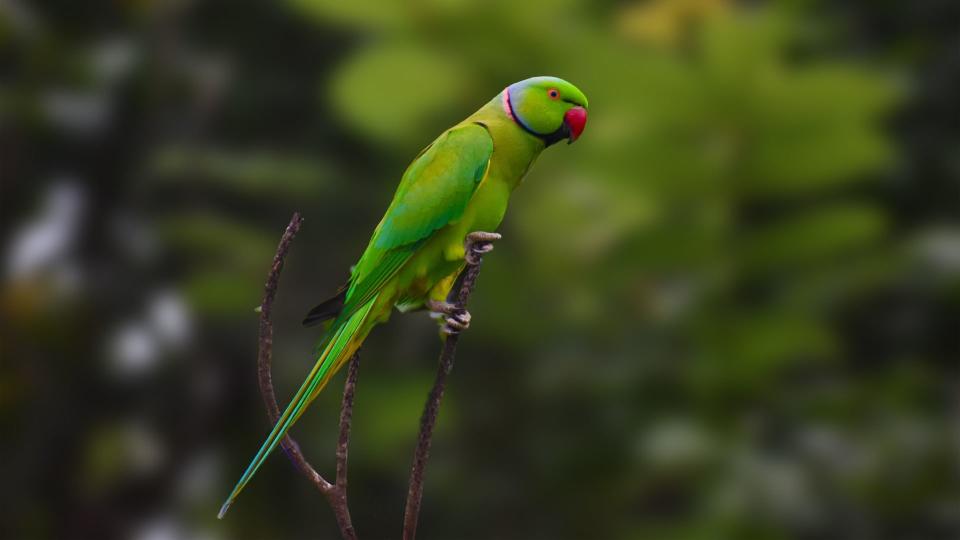
The budgie, or parakeet, is a small parrot species that people have been keeping as pets for centuries. They are an Australian native grassland bird, and can still be found in flocks, although these birds are slightly smaller than the domesticated birds, which have undergone lots of selective breeding to make them bigger.
Parakeets are docile, friendly birds, but you need to ensure they have plenty of entertainment in their enclosure and that they have sufficient company: most people keep them in pairs.
18. Chinchilla
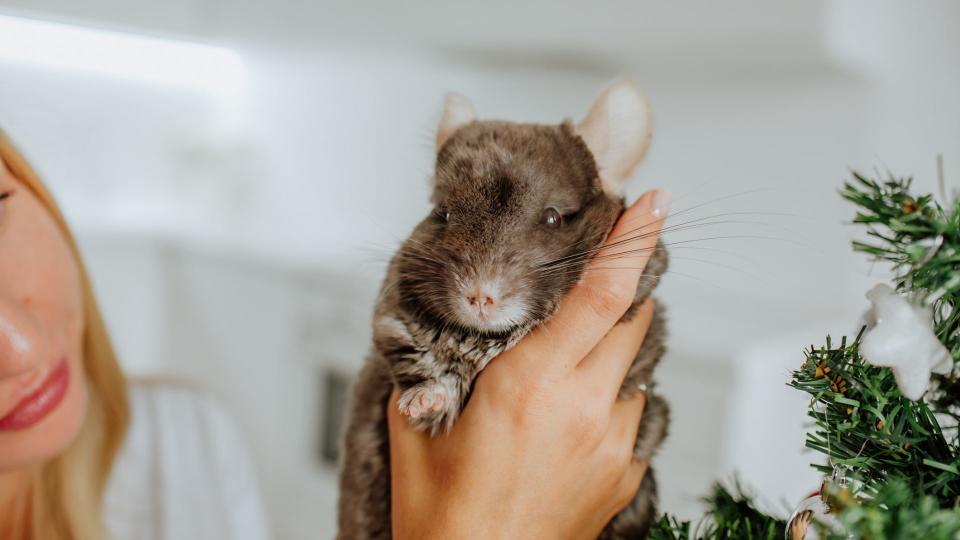
Chinchillas are sociable creatures that live in colonies of 100+ in the wild, although unfortunately people often keep them as solo pets when they should be kept in pairs.
Chinchillas can jump very high, sometimes over six feet, and are active creatures (although they sleep during the day) so you will need to ensure they have ample space to run and jump around in. They also enjoy dust baths, so ensure that they have "chinchilla dust" or fine sand on hand to bathe and play in.
19. Turtles
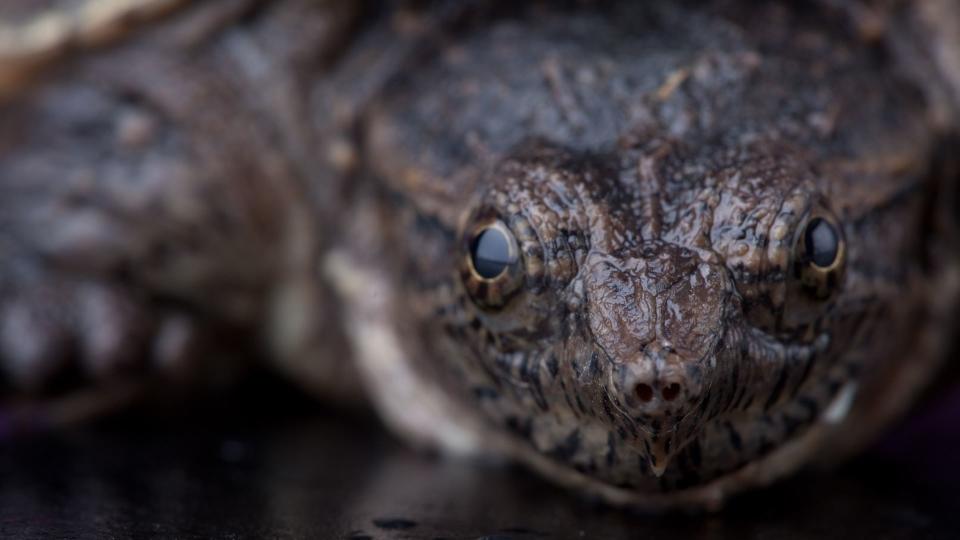
Turtles often require decades of specialized care and plenty of room to grow. They are often mistreated and are frequently poached and smuggled animals, with some rarer species fetching a high price on the black market.
They need a specially controlled environment with effective filtration, lighting and suitable water temperature to keep them healthy. They should never be released outdoors, as they are considered one of the world's 100 most invasive species, particularly the red-eared slider turtle, which is native to only part of the United States but is popping up where it shouldn't all over the globe.
20. Cockatiel
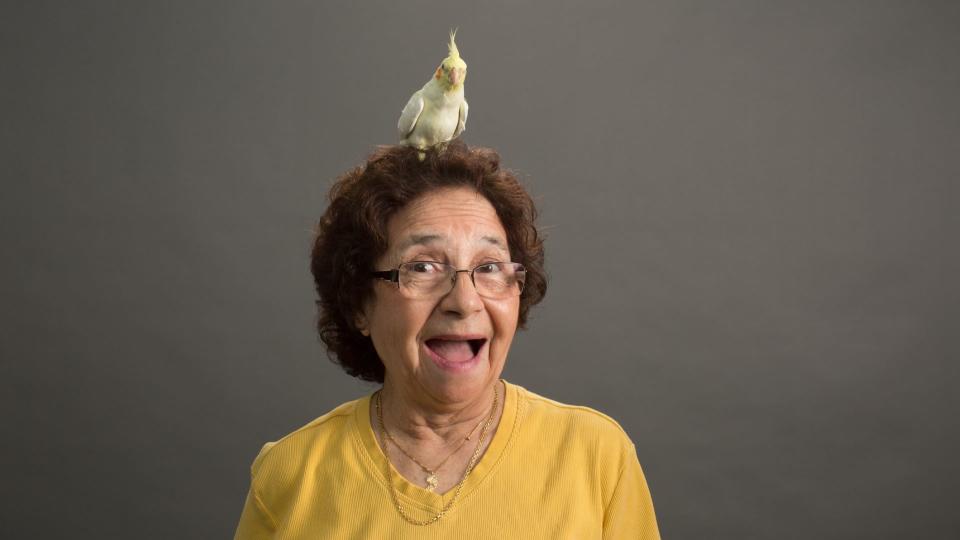
Cockatiels, similar to parakeets, are a small species of parrot that come in a variety of colors and sizes, with a crest atop their heads which they can raise or lower at will. These smart little birds are great mimics and can be taught to speak and sometimes whistle, although male cockatiels tend to be more vocal than females.
They tend to be fairly low-maintenance pets if their basic needs for space, entertainment and attention are met. They can live up to 30 years, so are a big commitment, but are sweet, satisfying pets to own and some would argue that 30 years isn't nearly long enough.
21. Hedgehog
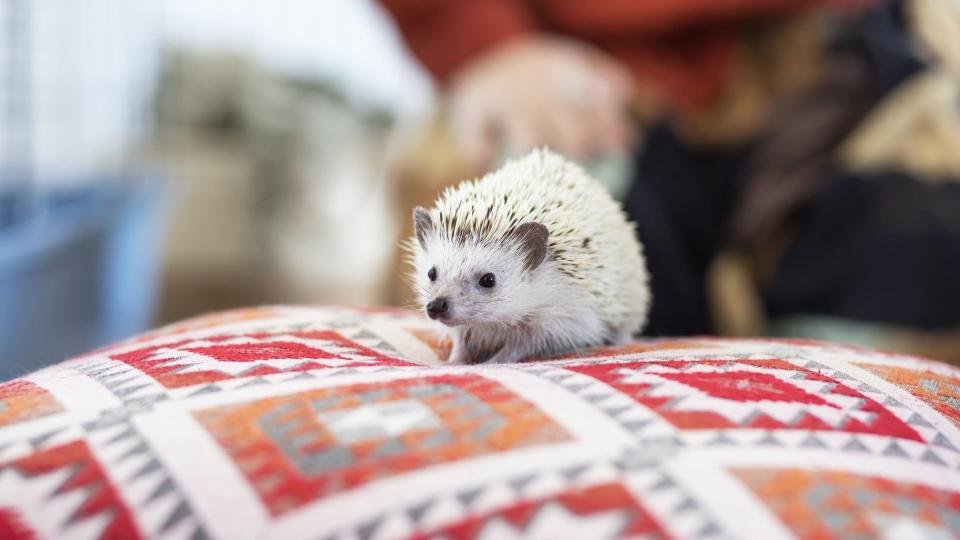
Domesticated hedgehogs, often African Pygmy hedgehogs are lovely, characterful pets to own. They are illegal to own in the UK, which has its own population of wild hedgehogs, but they can be kept as pets everywhere in the USA except Georgia, Hawaii, California, Pennsylvania, Washington D.C, and some boroughs of New York.
They have complex needs, so aren't suitable pets for beginners, but if you want an interesting, mostly nocturnal pet, they can be rewarding to own. They are solitary, but very active animals and many won't appreciate being cuddled or handled too often, as they prefer to explore their surroundings themselves.
22. Frog
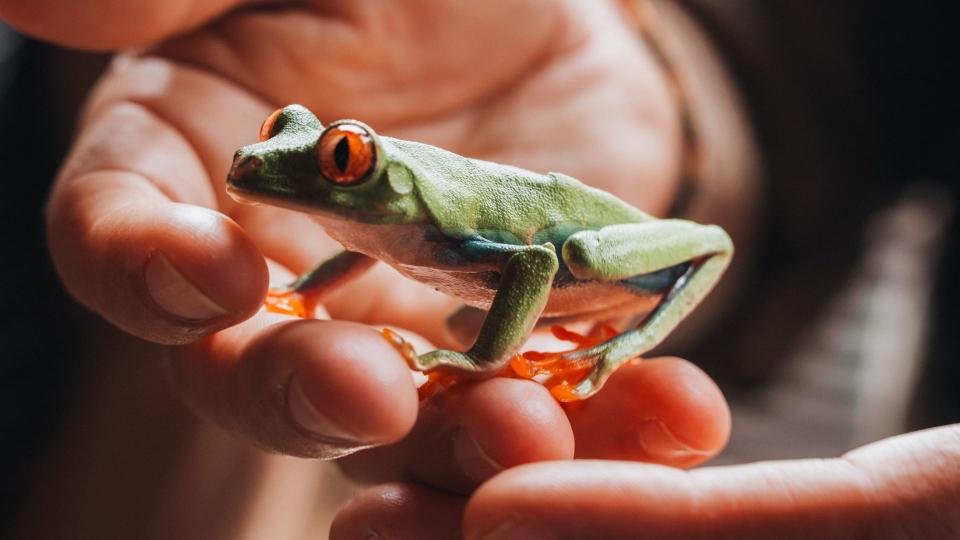
Frogs can make for interesting pets if you're set up to properly care for them. Different species have different requirements for humidity, temperature and water, so make sure you know exactly what your frog needs before you bring them home.
Many frogs that are kept as pets are tropical species, as they are fascinating to look at and come in a variety of shapes, sizes and colors. They can live between four and 15 years, again depending on their species, and can grow to be quite large and heavy. American green tree frogs are probably the most beginner-friendly, as they have relatively simple needs, but as with any pet they are a live animal and require proper monitoring and care.
23. Canary
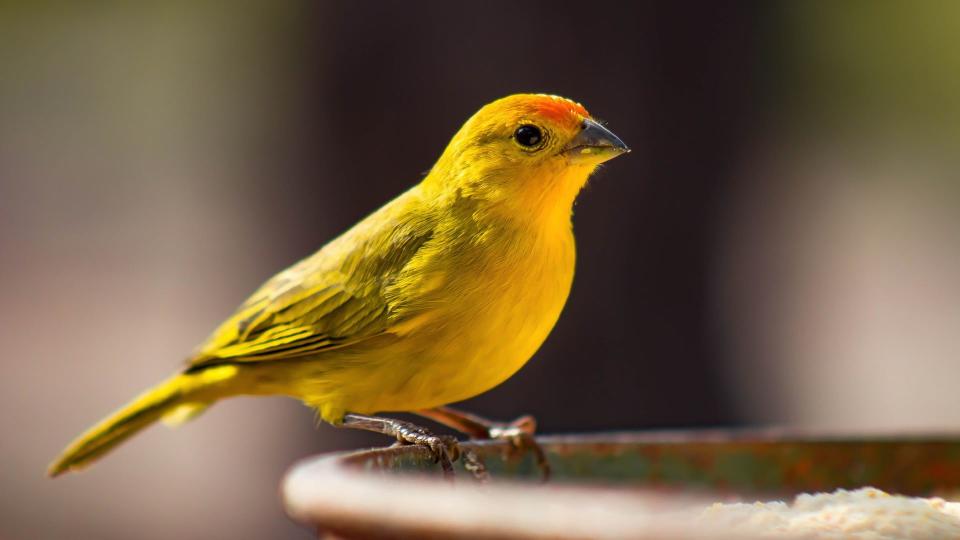
Canaries are beautiful songbirds of the finch family, and unlike other pet birds, tend to be solitary and can fight when kept in groups. They are more likely to sing when kept alone and are very communicative little birds.
They live between five and 15 years and have been kept as pets since the 17th century due to their cheerful nature and beautiful song. They aren't cuddly in the way parrots often are, but will happily perch on a finger or shoulder. Never clip a canary's wings, as they love to fly about and need to fly to stay healthy.
24. Sugar glider

Sugar gliders are becoming increasingly popular pets, which has unfortunately led to a roaring illegal trade in poached gliders. They are affectionate, energetic and fairly smart marsupials that can live up to 15 years in captivity and generally bond closely with their person.
They live in groups in the wild and if in captivity should be kept with companions. They require a special diet, a year-round source of warmth and need specialist veterinary care. With all this in mind, we don't recommend you take on a sugar glider as a pet unless you are very experienced, and even then they should only really be adopted from rescues to ensure you aren't unintentionally supporting an illegal trade or breeding program.
25. Lovebirds
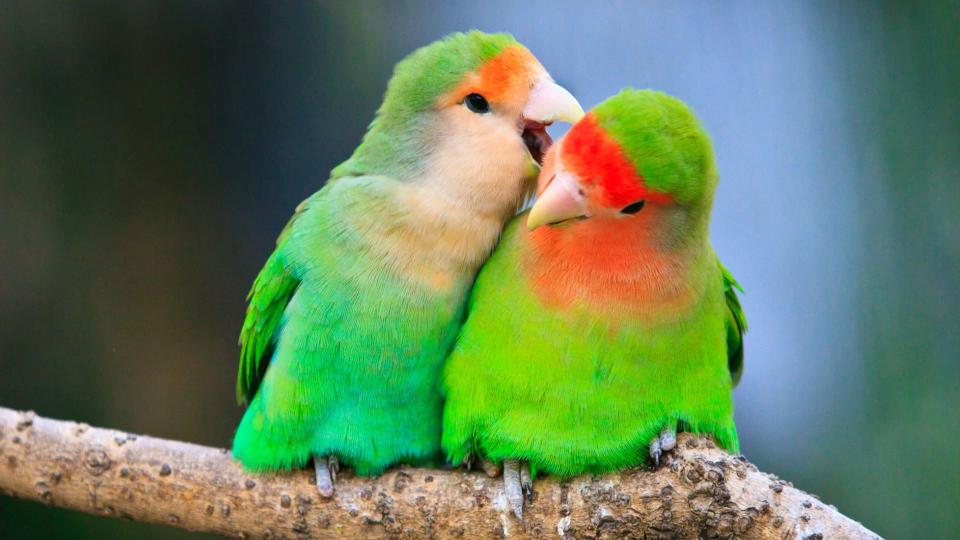
Lovebirds are a breed of parrot known for their strong bonds with their partner's, with whom they are monogomous and mate for life. They are more complex than other pet birds as they need lots of attention, affection and are quite active.
Care must be taken to ensure that a pair of birds get on and aren't mismatched: you can't just bring a spouse to a lovebird and expect them to get on, you need to make sure they're a "true pairing".
26. Chipmunk
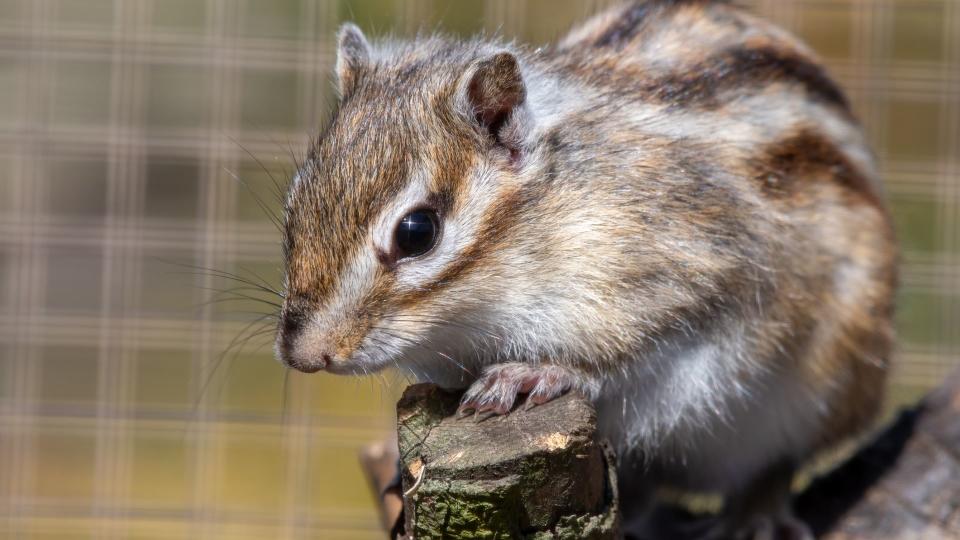
Chipmunks live for four-five years in captivity and have only been bred as pets relatively recently. Pet chipmunks are illegal in many U.S. states and the United Kingdom, so it's important to check your local laws if you have your heart set on adopting one.
They are very high-maintenance pets with high space requirements and enrichment needs, so shouldn't be taken on by anyone inexperienced. We wouldn't recommend buying a chipmunk as a pet, but if you are in the position to adopt one, consider their specific needs before you commit.
27. Jumping spider
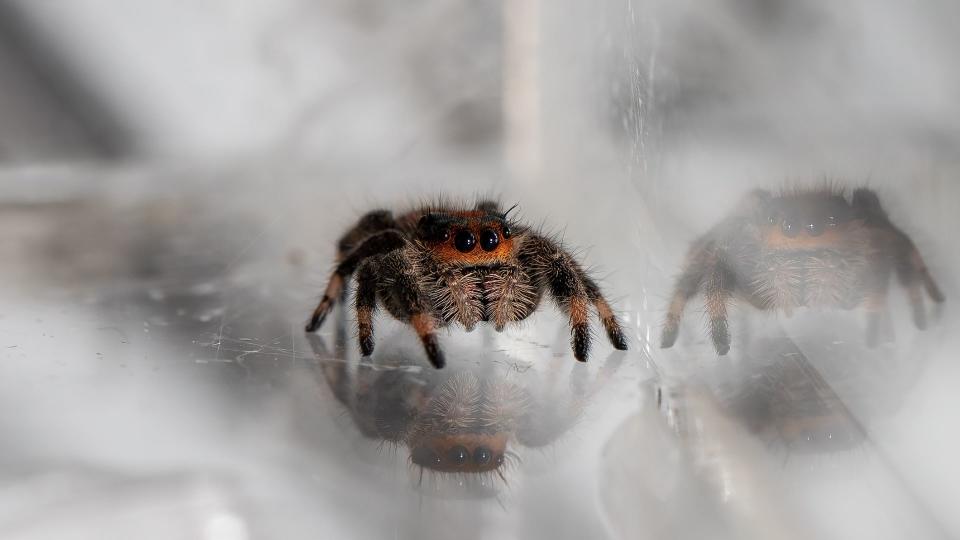
Jumping spiders are ... sort of cute. Considering the other species of spider that people keep as pets (tarantulas) the fuzzy, cartoonish face of the jumping spider is quite sweet. They're also fascinating to watch. They're not too complicated to take care of and can provide hours of entertainment if you enjoy watching them hop around their enclosures. Building their terrarium is often a large part of the fun of owning a jumping spider, and watching them explore it is an unexpectedly joyful experience.
They also tolerate light handling and are somewhat friendly with their humans (although it's quite difficult to tell what these smart little guys are thinking).
28. Quail
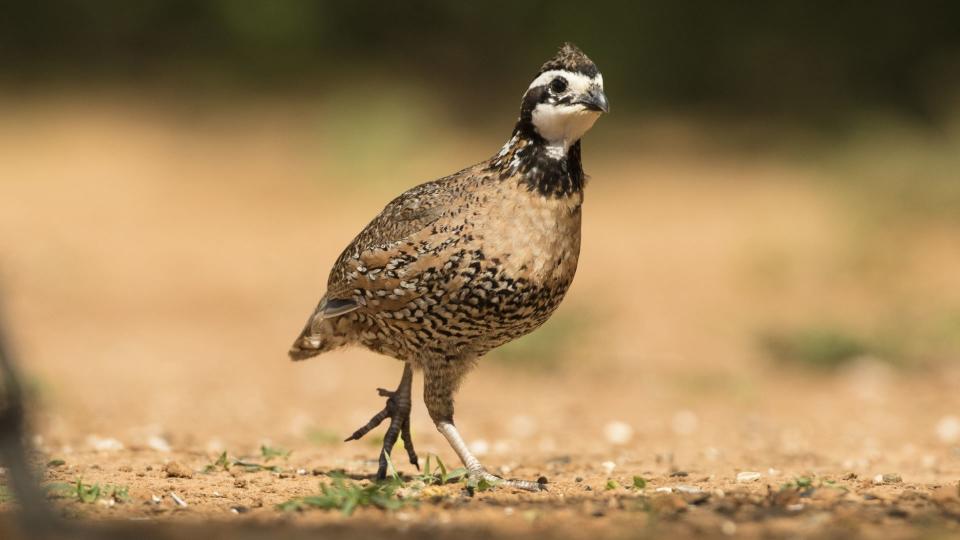
Quails are often raised for eggs and meat, but these sweet little birds also make great pets. They behave in a manner that can only be described as clownish and tend to be vocal, chatting away to you or their companions as they go about their day. If raised from a chick and regularly handled, you will have a loyal friend for two-five years, depending on the breed you choose.
The Coturnix is considered one of the friendlier and longer-lived quails, especially when compared to the Bobwhite, which rarely lives longer than a year and tends to be aggressive. Ornamental quails like the California Valley Quail also have beautiful decorative plumage.
29. Mouse
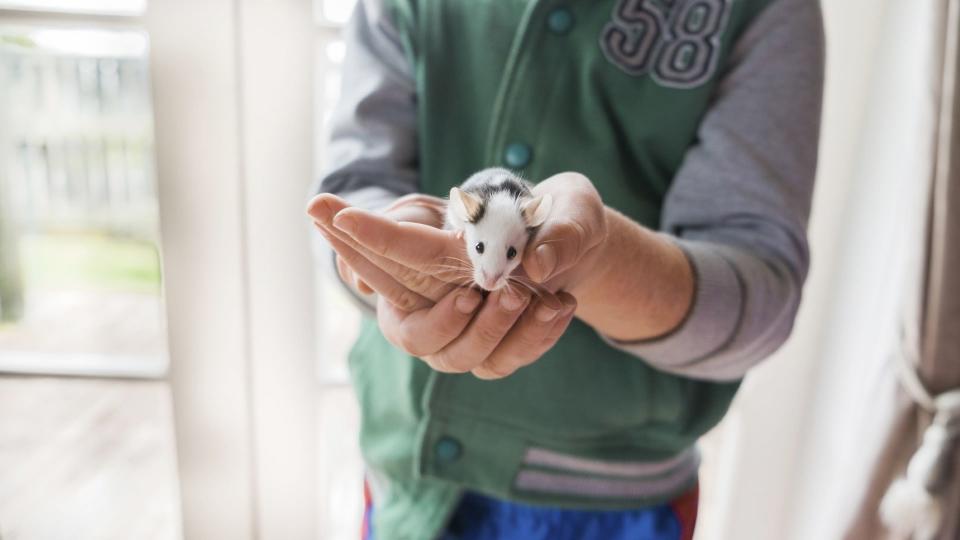
Pet mice aren't very long-lived and tend to be given to children as first pets to teach them about responsibility, death, and how to care for an animal. They are very rewarding pets to own with a lot of personality packed into their tiny bodies.
They are social, so it's wise to adopt a pair of same-sex littermates to ensure that they don't get lonely. If you keep males and females they need to be kept far enough apart that the boys can't smell the girls, as this will cause them to fight amongst themselves.
30. Corn snake
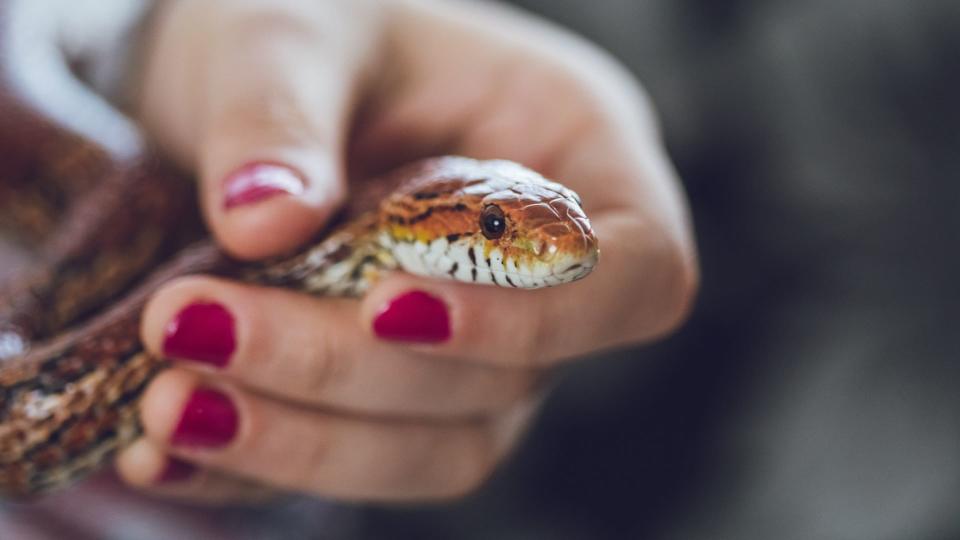
Corn snakes are popular among reptile keepers and are a great first snake to keep as they have calm temperaments and entertaining personalities.
Although often you see small corn snakes no wider than a pinky finger, they can grow up to 6 feet long when given adequate space. They also sometimes live beyond 20 years, so are a long-term commitment, and will need new enclosures as they grow, which can end up being financially heavier than expected.
31. Pigeons and doves
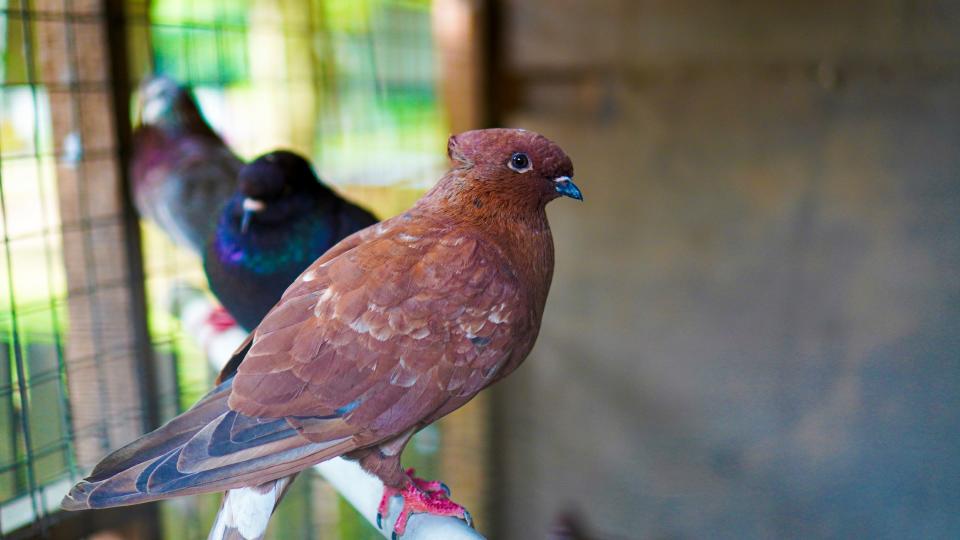
Pigeons were first domesticated 10,000 years ago and they haven't forgotten this. They are friendly and easy to tame, happily living indoors and wandering around rather than flying.
If you have a pigeon indoors you can also buy "pigeon pants" to catch their droppings and give them free rein of the house without having to worry about the mess. They need an enclosure and a safe space to sleep and do well in a large outdoor aviary if you want to keep them outdoors.
32. Axolotl
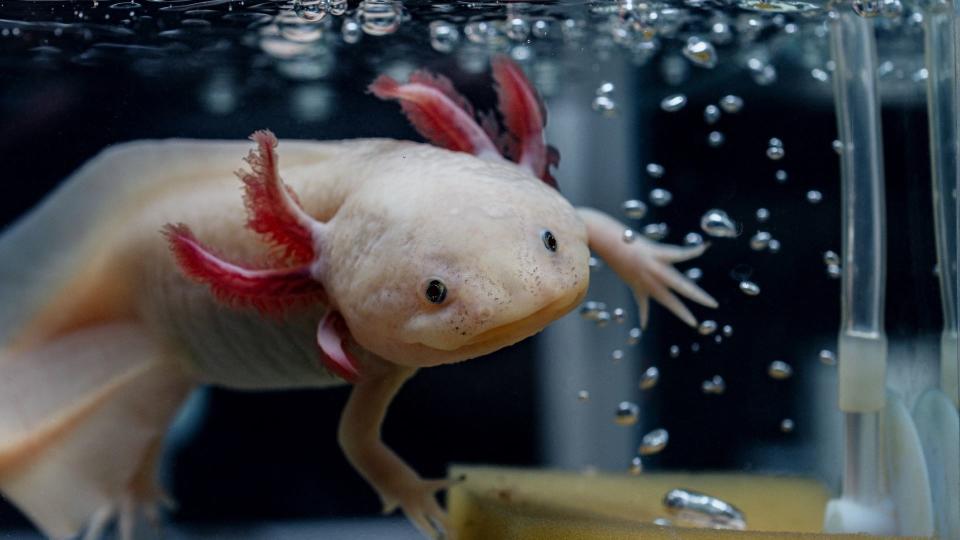
The Axolotl, or Mexican walking fish, is a unique-looking aquatic salamander. Most salamanders trade their gills for lungs as they reach adulthood, but the Axolotl remains underwater their entire lives, making them suitable for tank living. They live 10 -15 years when properly cared for, but are quite easy to kill as they have delicate, soft bodies with permeable skin meaning you should not handle them unless absolutely necessary. Large enough environmental fluctuations (temperature or change to bacteria) tend to wipe them out.
Once you have their housing sorted, they tend to be fairly low-maintenance pets. They can live alone or in pairs, but sometimes cannibalize each other so watch out for this behavior. Ensure any gravel in their tank is larger than their head as they can ingest smaller pieces, causing problems.

